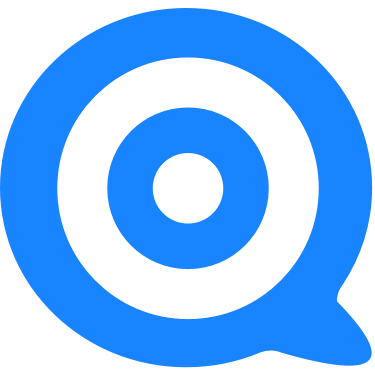How I Created The GitHub For Creating Online Communities [And Hit 1,000 Users]
I’m Nitish, founder of bip.so! Before becoming a maker, I was an engineer by degree and worked as a management consultant. After a while, I felt consulting was too ‘on the sidelines’ for me and wanted to get my hands dirty building things.
Jumped into the startup world and worked on a few MVPs. Across the products I built, one pattern I found was how our team’s network was critical in accelerating our progress. At the same time, we saw the trend of #buildinpublic taking off on Twitter. Coupling these two, we started building bip.so, the place where makers can build their products while sharing stories, progress notes, and working docs with their network.

Today, we have many web3 communities and startups as our core customers due to our deep integration with Discord but we see immense value and are moving towards becoming the wiki tool for all Discord and Slack-based communities.
We are used by over 1,000 communities today cumulatively having...

Download the report and join our email newsletter packed with business ideas and money-making opportunities, backed by real-life case studies.

Download the report and join our email newsletter packed with business ideas and money-making opportunities, backed by real-life case studies.

Download the report and join our email newsletter packed with business ideas and money-making opportunities, backed by real-life case studies.

Download the report and join our email newsletter packed with business ideas and money-making opportunities, backed by real-life case studies.

Download the report and join our email newsletter packed with business ideas and money-making opportunities, backed by real-life case studies.

Download the report and join our email newsletter packed with business ideas and money-making opportunities, backed by real-life case studies.

Download the report and join our email newsletter packed with business ideas and money-making opportunities, backed by real-life case studies.

Download the report and join our email newsletter packed with business ideas and money-making opportunities, backed by real-life case studies.




























